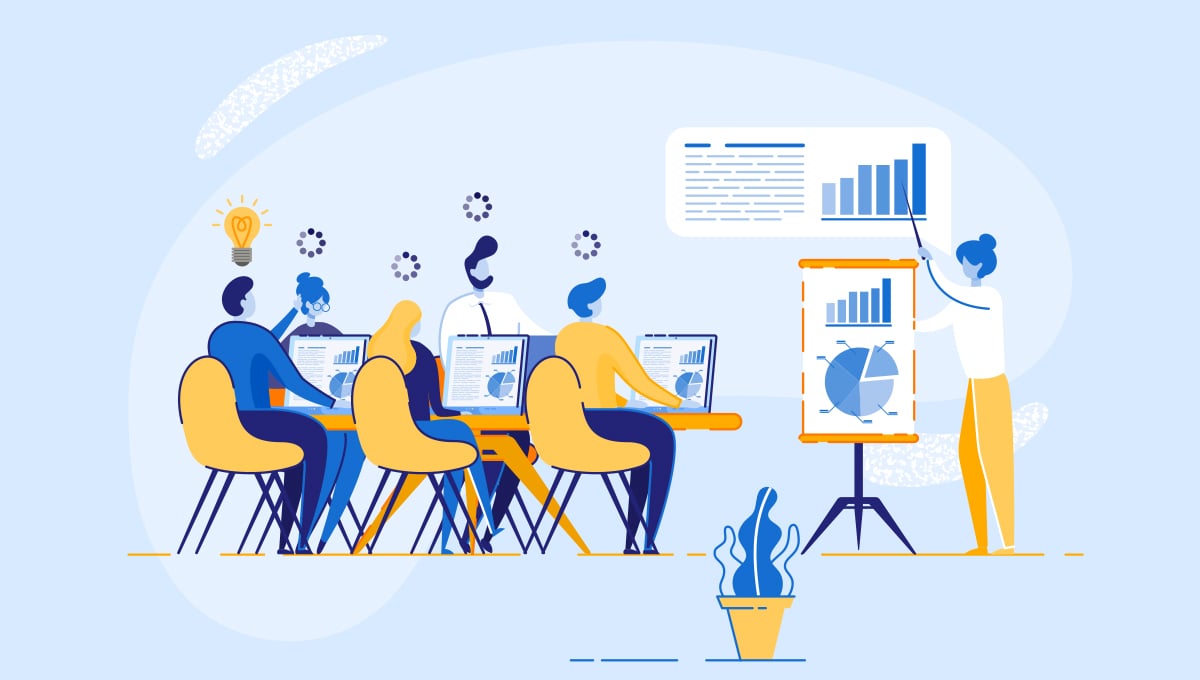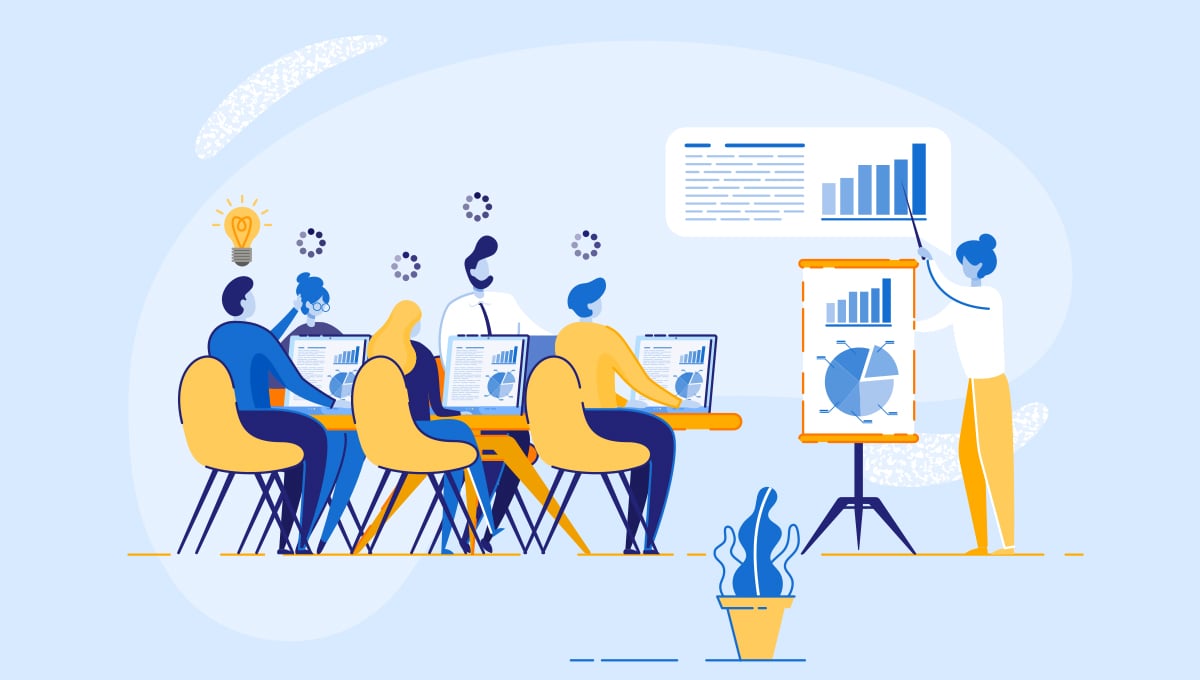
During an emergency, when companies rush to cut budgets, L&D is often the first one to take the big blow. It's not that these companies undermine learning. It's just because L&D has a hard time proving its impact.
Of course, your smile sheets add strength to your stance, but they are not enough to support your request. And today, with remote work becoming a norm for many organizations, there’s barely any room for guesswork.
Your learning strategies must be accurate to ensure talent development within your organizations. Are your L&D teams able do that? If not why?
We talk a lot about data being the foundation of all our strategies. But according to Towards Maturity, 51% of companies are facing structural and capability issues due to L&D's inability and lack of in-house data skills to deal with what is in front of them.
So, here’s one of our own skill gaps.
But closing it is no rocket science. Here's how you can do that to gain access to the wealth of opportunities lurking inside your people's data.
Ask What's Your Takeaway
Start by asking the right questions, like; what is the need for a data-driven learning strategy in your organization and what learning goals you want to achieve. Most companies rely on a data driven learning strategy for: -
- Measuring the impact of learning programs on ROI
- Identifying skill gaps and leverage the performance of the learning modules
- Personalizing the learning experience for employees
- Targeting specific business challenges
- Determining the range of expenses on learning programs
Your Learner's Digital Body Language
Digital Body Language or DBL is the way your learners are communicating their likes, dislikes, and engagement levels in an electronic format. Steve woods was the first one to conceptualize DBL to help marketing teams understand their customers. Learning and Development (L&D) professionals are now using the same idea to look at their learner's interests and goals. The cues your learners are giving you through their digital behavior speaks to their learning behavior. You can now design courses that meet your people's interests and goals.
Reimagine Data Collection
We often build learning programs based on our intuitions and feedback. That means we are deploying a learning program assuming it would work. When it doesn't, we stare at completion rates and smile sheets to wondering for solution. But did you know, your LMS can track far more qualifying data than completion rates and reviews?
Consider key metrics like top search terms, failed search terms, incomplete programs to locate where exactly is the room for improvement. Other metrics like active times of the day or week, frequently visited pages, trending items, and devices used for learning (mobile or laptop), can provide deeper insights into your people's learning behavior and digital body language.
Find Insights with Data Analytics
As data piles up, it demands you to mine, refine and analyze to extract meaningful insights. Many organizations lack either resources or time or both to accomplish these tasks. They rely on machine learning and business intelligence tools for holistic solutions. So, picking the right tool that aligns with your company's goals is essential.
Responding with User-based Recommendations
Now that you got the bottom of your people’s data and found your insights, it's time to respond accordingly. Findings on most visited pages, most active times, and devices of learning direct you on when and where to deliver a program. If your learners are engaging better with video content than text format, you know how to pack it too.
Every business is distinct in terms of their metrics, but all of them want their people to learn and grow continuously. Recommending personalized solutions based on their interests motivates your employees.
Measuring the Differences
You've accomplished everything; distilled your data, found your insights, made your recommendations, and achieved your goals. Great, but the job is not over yet. The next part is to measure the differences between the input data and obtained data. This is how you quantify the effects of L&D on our businesses. If you further correlate these results with your company's ROI, you have a strong business case to make.
And then Repeat
Once you’re done finding the key metrics that influence your employees' learning behavior, pat yourself and repeat it. The conclusions from one cycle can become the input data for creating another. This enables a continuous chain of improvement for your employees.
Conclusion
With people benefiting from your intelligent recommendations, you have your mini-Eureka moments. But when these moments aggregate into a whole, your board members will know that you’ve established a continuous data-driven learning environment across your organization.
Phenomecloud is a full-service technology company dedicated to helping clients solve business problems, improve the capability of their people, and achieve better results.





Leave a Comment